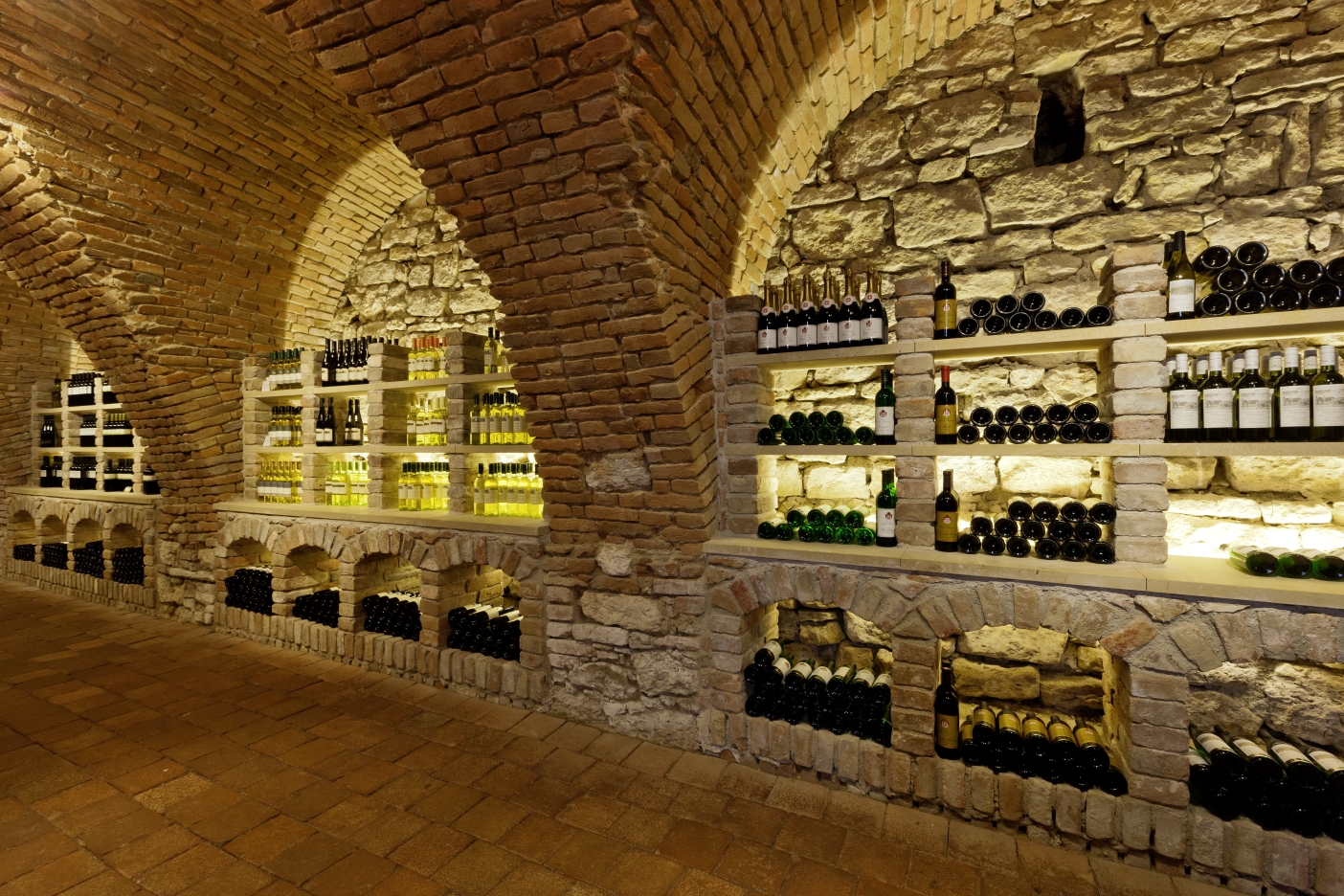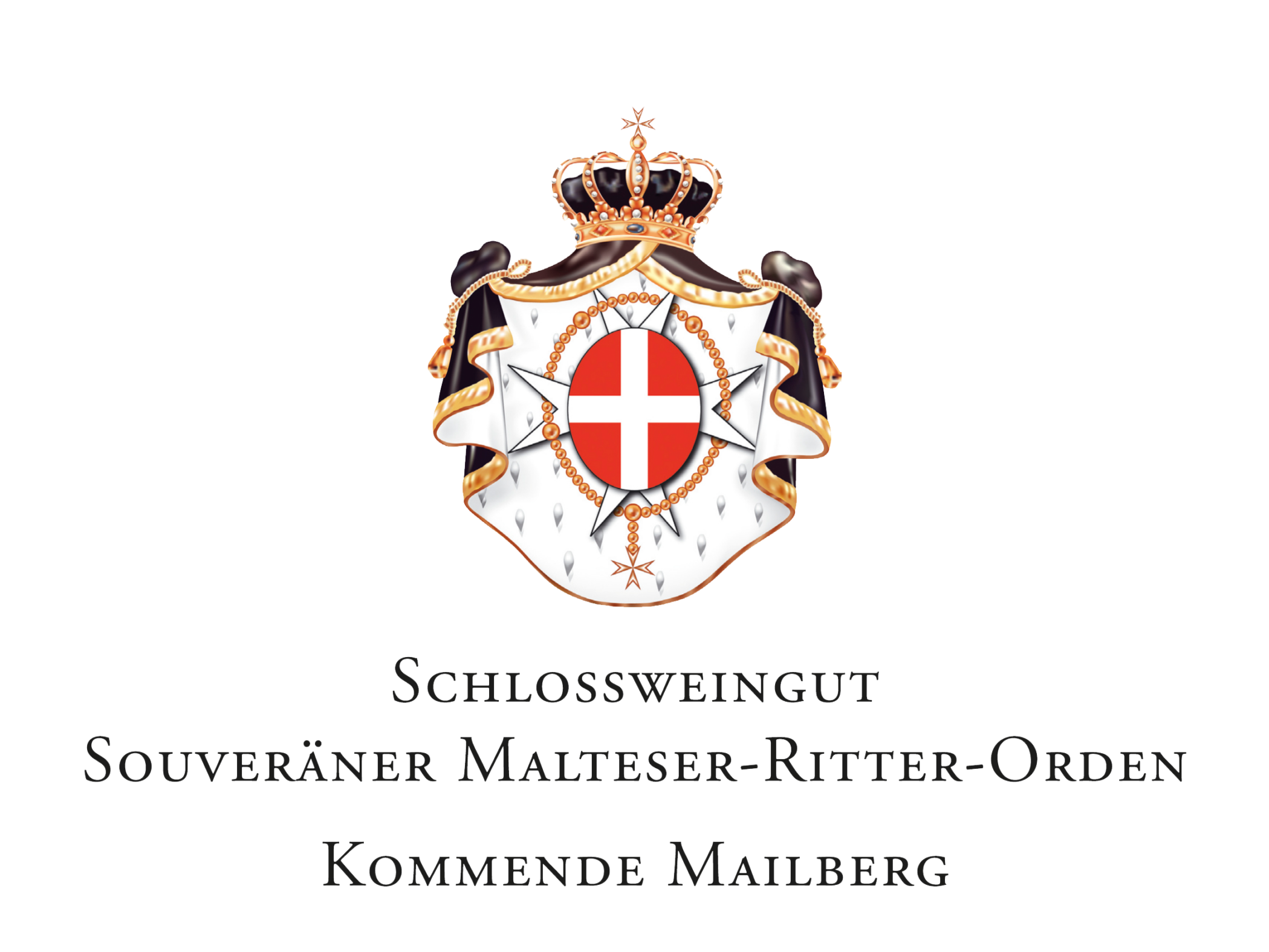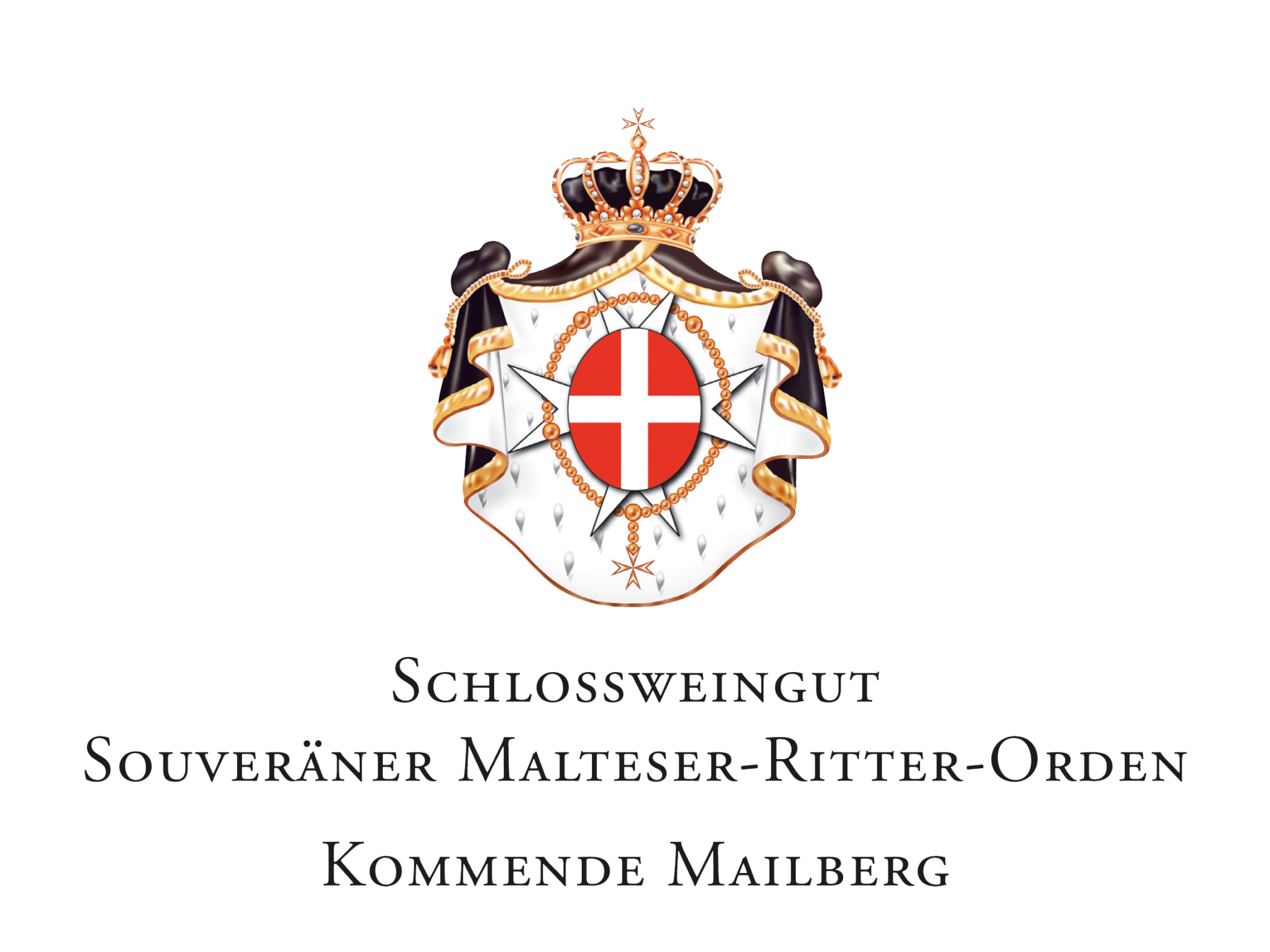 Scroll down
Scroll downTHE MARKET TOWN OF MAILBERG
History.
The Quadi people are said to have planted grapevines and harvested grapes here at the start of the first millennium. Today Mailberg is the oldest estate of the present-day Order of Malta.
The market town of Mailberg in the Weinviertel wine growing region is situated approximately 70 kilometres northwest of Vienna, right on the Czech border. The settlement was first documented in 1055, though its history can be traced back much further to at least the Germanic age.
The Quadi people are said to have planted grapevines and harvested grapes here at the start of the first millennium. The first estates in Mailberg were transferred to the Order of the Knights of St. John (a new order at the time) in 1146 AD. Today Mailberg is the oldest estate of the present-day Order of Malta.
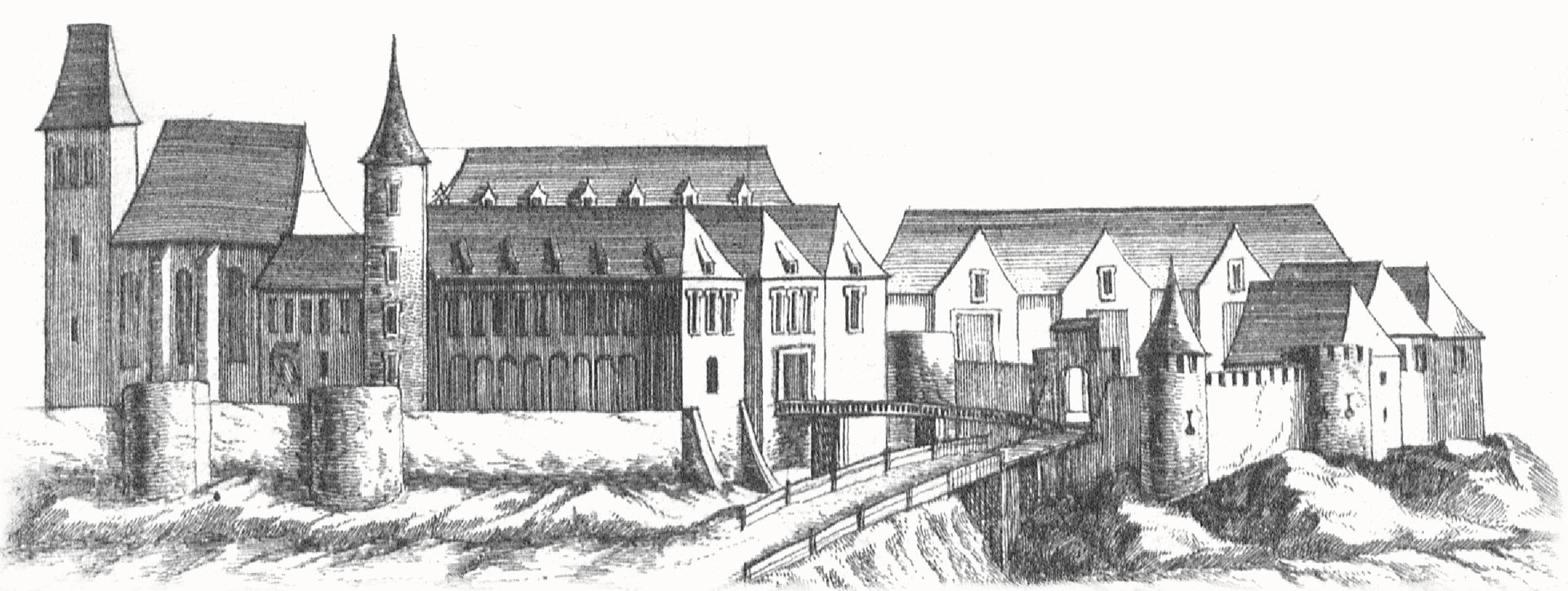
Georg Matthäus Vischer: Mailberg 1672
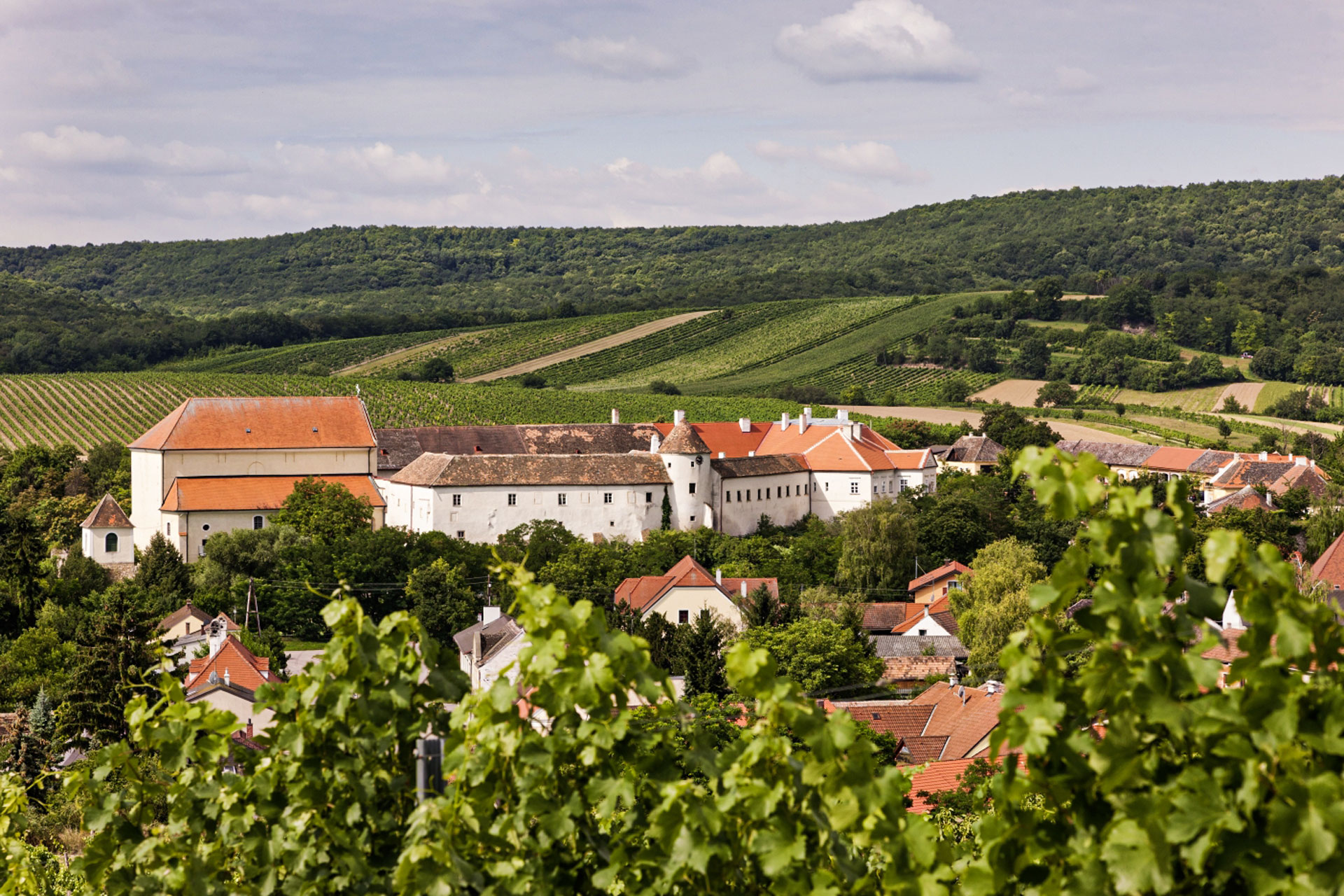
FUNDAMENTALS
The terroir.
The Mailberg ‘terroir’ is created by a combination of the cool continental climate in the northern Weinviertel and the fact that the vineyards occupy a sheltered site in a small valley (known as the Mailberg Valley). At the same time, the soil determines the character of the wine. Mailberg soils are very chalky and covered in loamy sand and loess, which promotes the maturity of the wines and the development of a delicate, harmonious acidity.
PLANTING
Around 1,800 hours of sun every year.
Located south of the 49th line of latitude and east of the 16th line of longitude at 217 metres above sea level, Mailberg is an excellent place for the production of bold red wines and distinctive white wines. With around 1,800 hours of sun in a year, average annual rainfall of around 450 mm and water-retentive soils, conditions for this are ideal.
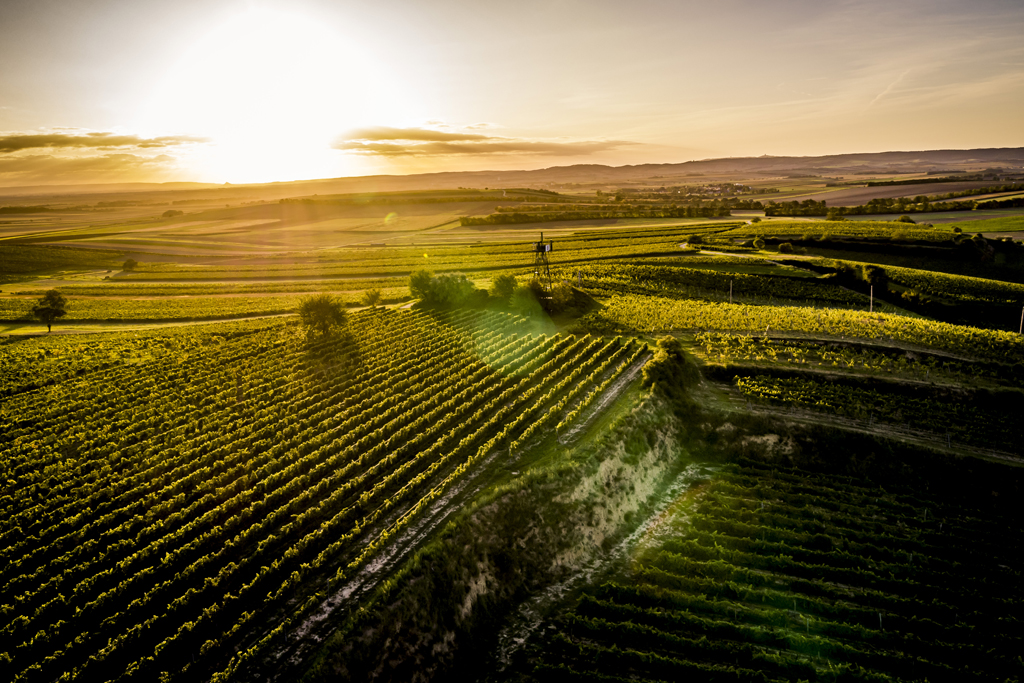
The vineyards.
The Schlossweingut Souveräner Malteser-Ritter-Orden (Castle Winery of the Order of Malta) has been managed by Weinkellerei Lenz Moser since 1969.
The vineyards comprise 12 individual plots named Antlasberg, Blickenberg, Hochlüssen, Hofbreite, Hundschupfen, Janning, Rosenpoint, Rumpling, Schafflerhof, Vösenau, Zeiselberg and Zuckerschlee. All vineyards are planted according to the Lenz Moser high training system.
The winery currently comprises 50 hectares, with the oldest vineyard planted in 1970. Although originally dominated by Grüner Veltliner, red varieties have gradually been introduced: Blauer Zweigelt and Merlot were planted in 1973, and the vineyard became the first in Lower Austria to cultivate Cabernet Sauvignon in 1982.
The indigenous Austrian varieties of Grüner Veltliner (23 ha) and Blauer Zweigelt (10 ha) are the main varieties pressed here, along with the francophile varieties of Chardonnay (4 ha), Sauvignon Blanc (1 ha), Cabernet Sauvignon (5 hectares), Merlot (5 ha) and Blauburgunder (1 ha).
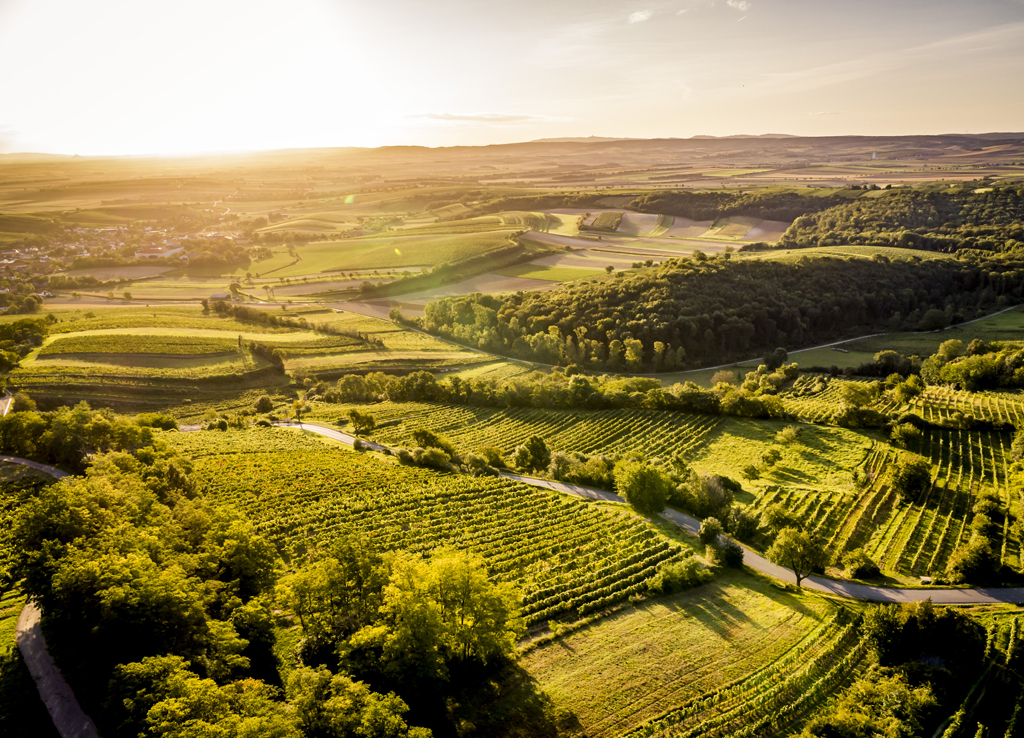
MATURATION
Vinification.
After being carefully harvested and processed, all red wines are subjected to malolactic fermentation before maturing either in wooden barrels or barriques. Grüner Veltliner and Chardonnay are invariably fermented in temperature-controlled conditions and cultivated in steel tanks.
PRODUCT RANGE
The wines.
The main focus is on the ‘Austrian’ varieties Grüner Veltliner and Blauer Zweigelt, for which conditions in the region are perfect. The successful products of the Mailberg winery prove that the Weinviertel is also capable of producing outstanding international wines like Cabernet Sauvignon, Merlot and Chardonnay.
